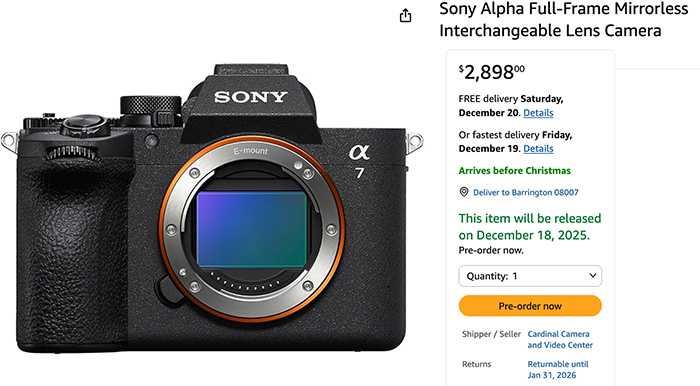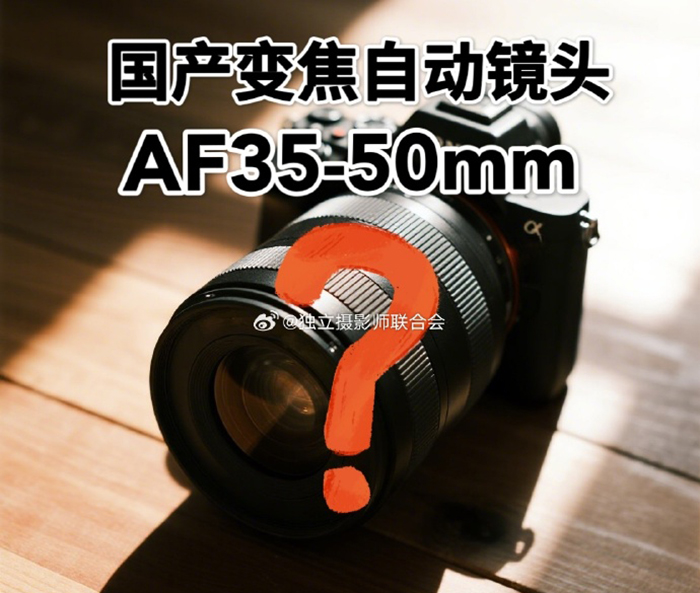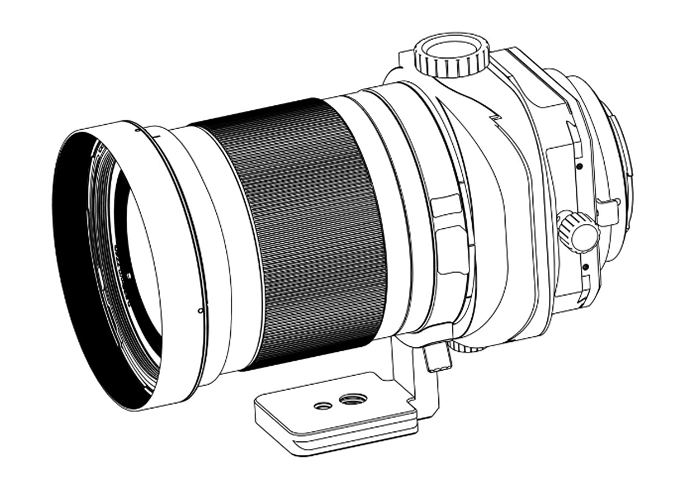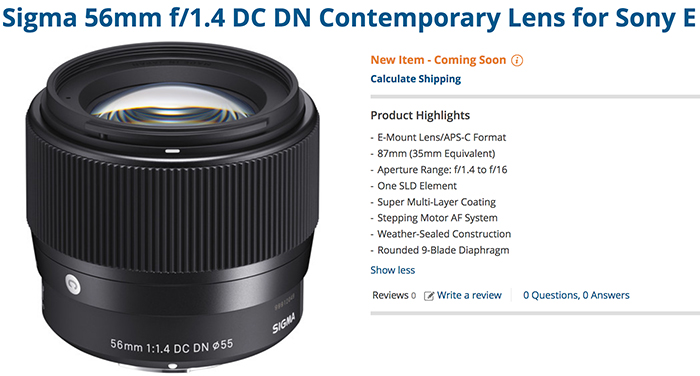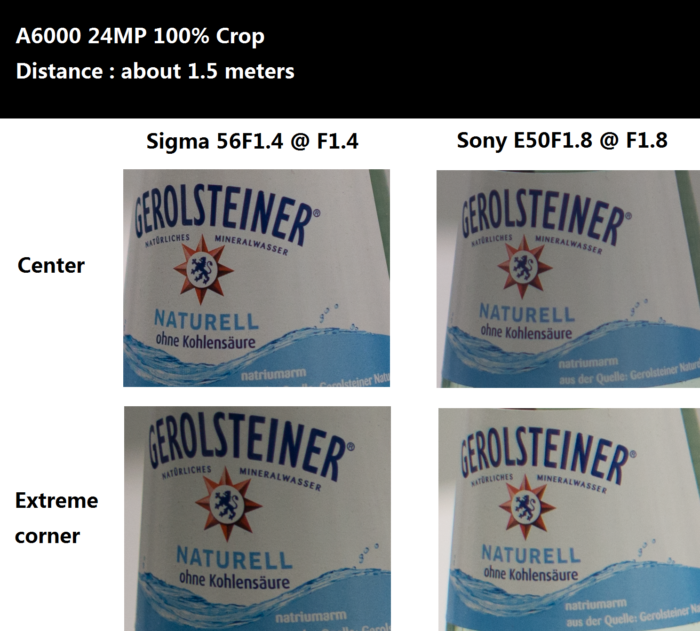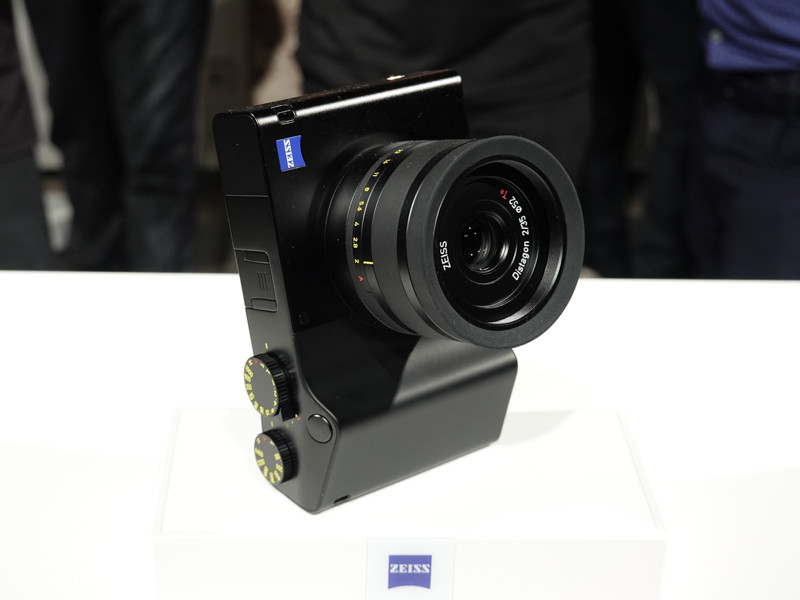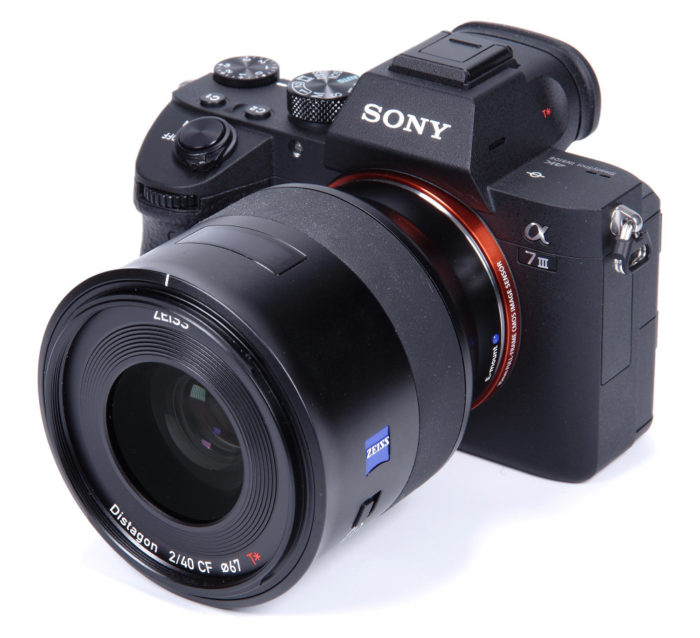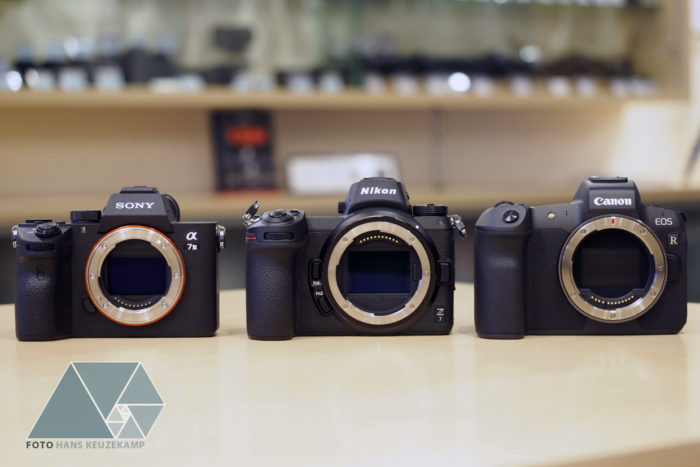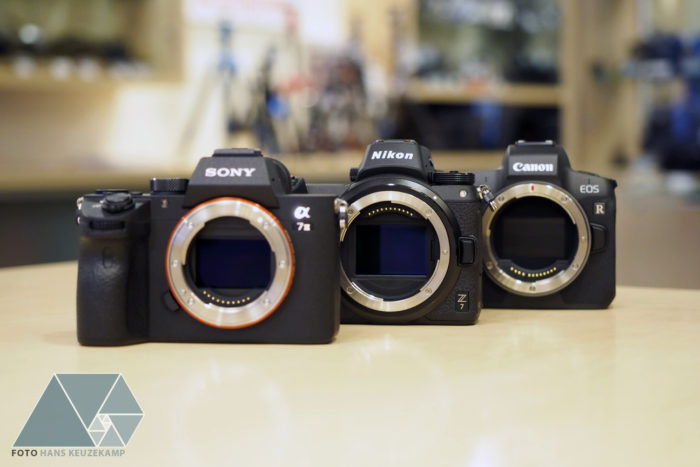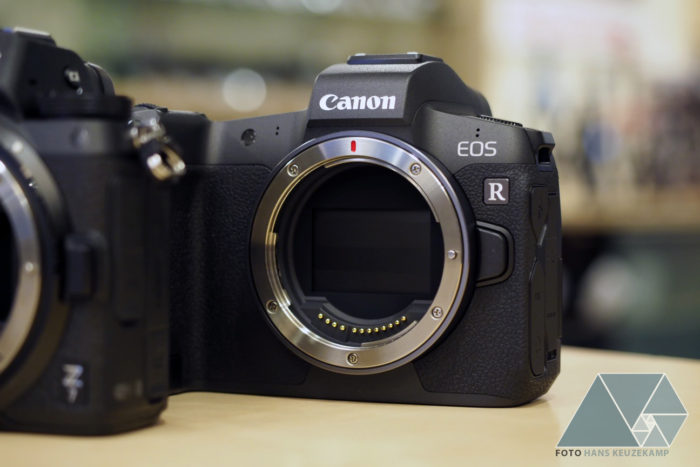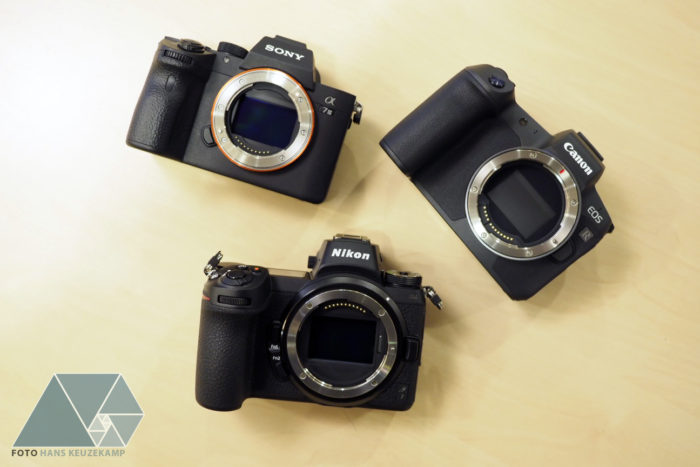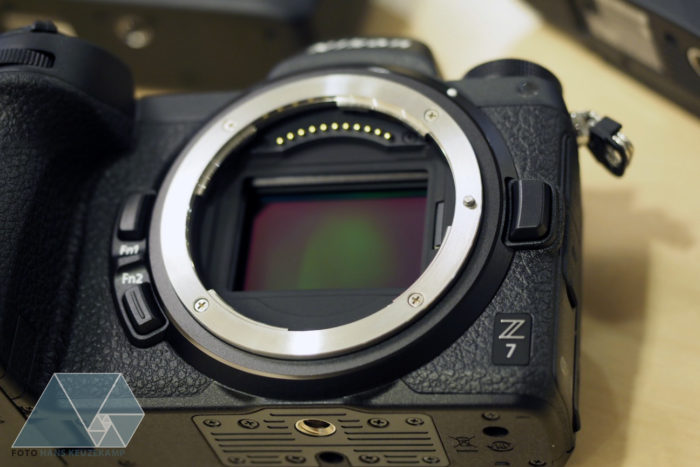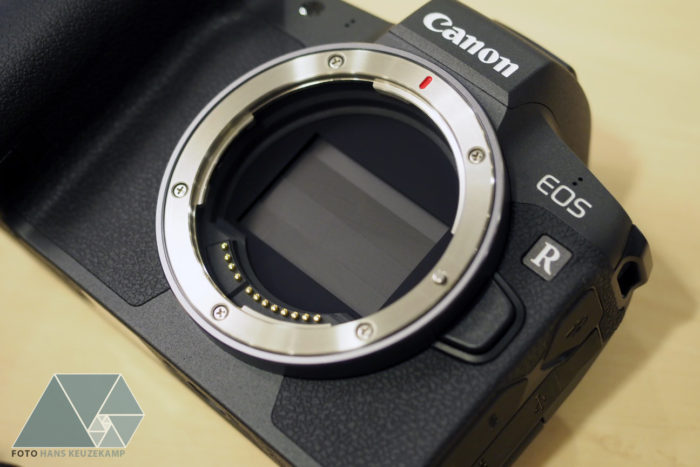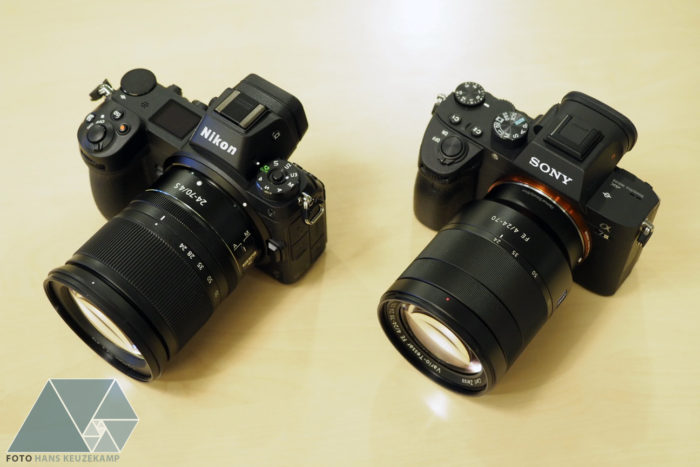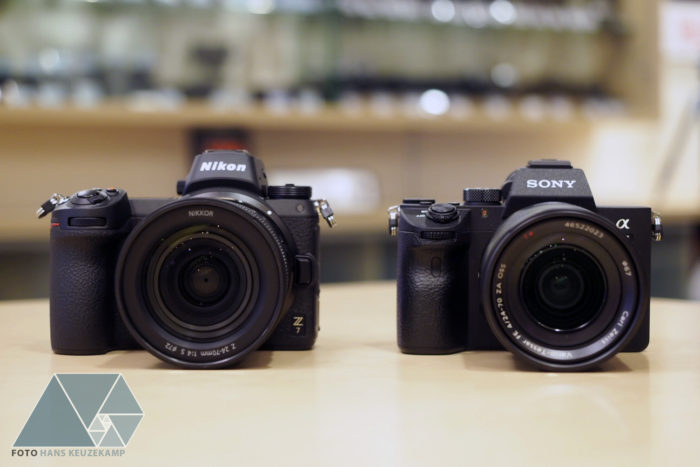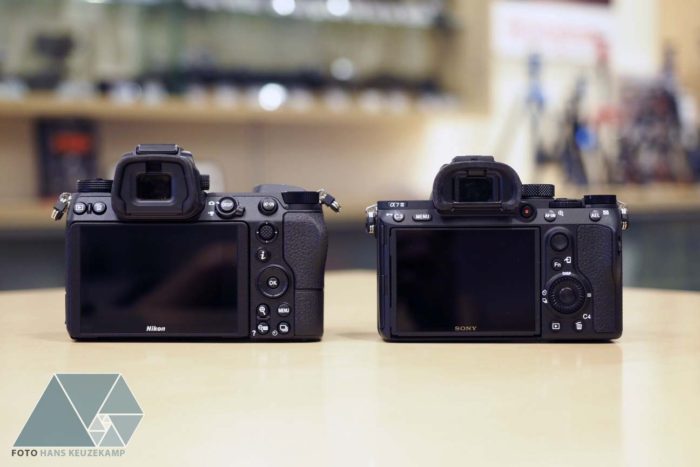Dynamic range test: Both the Canon EOS-R and Nikon Z cameras fall behind the Sonys

Photonstophotos measured the Dynamic Range of the Canon EOS-R and Nikon Z cameras. Overall none of the competitor can match the performance of the Sony A7rIII or Sony A7III. Also keep in mind the Canon and Nikon cameras are the newest cameras meaning that the gap is expected to increase once Sony announces the new models.
Of course Dynamic range alone is not the measure for the overall quality of a camera. But at least from a pure IQ point of view Sony is definitely the leader.
